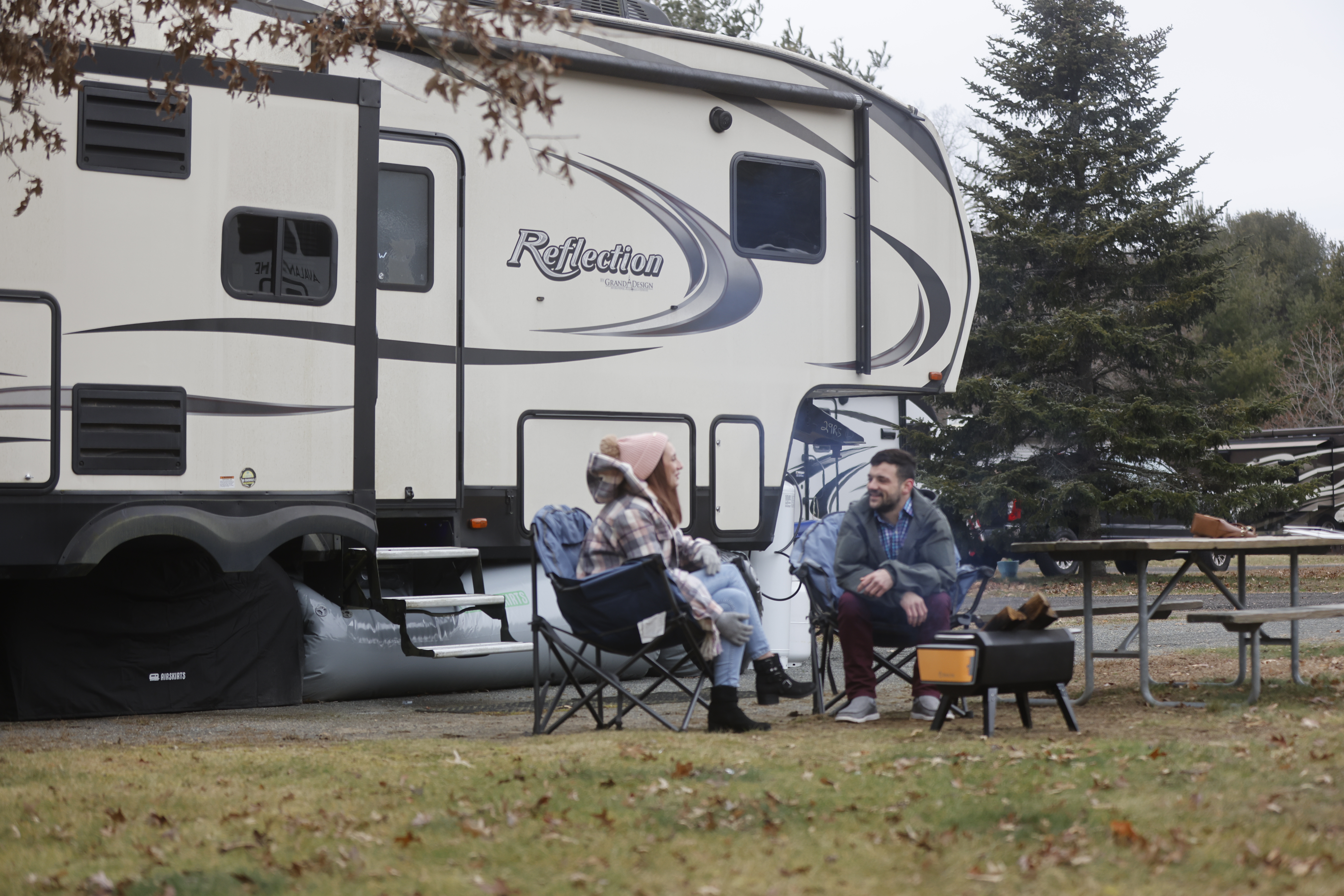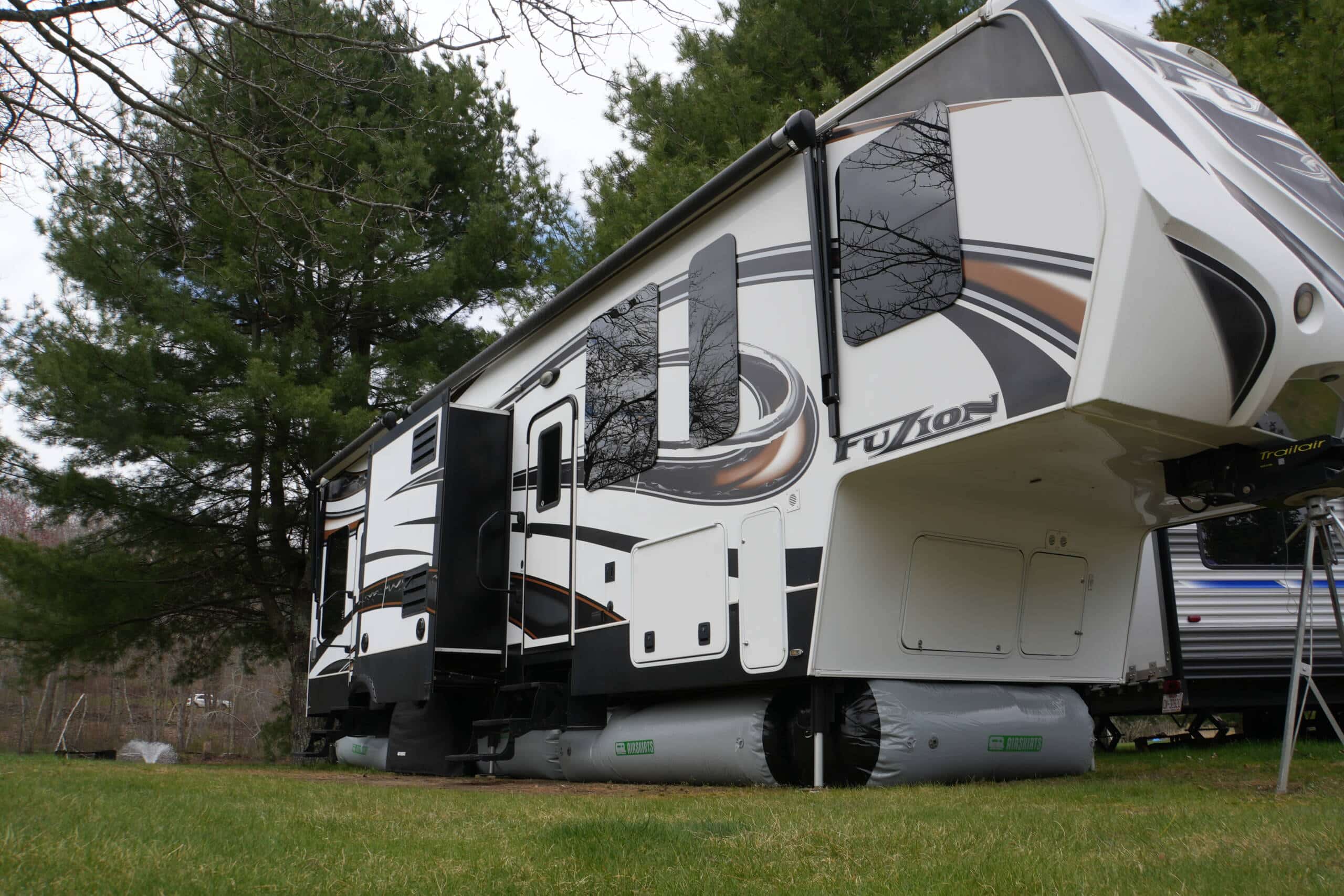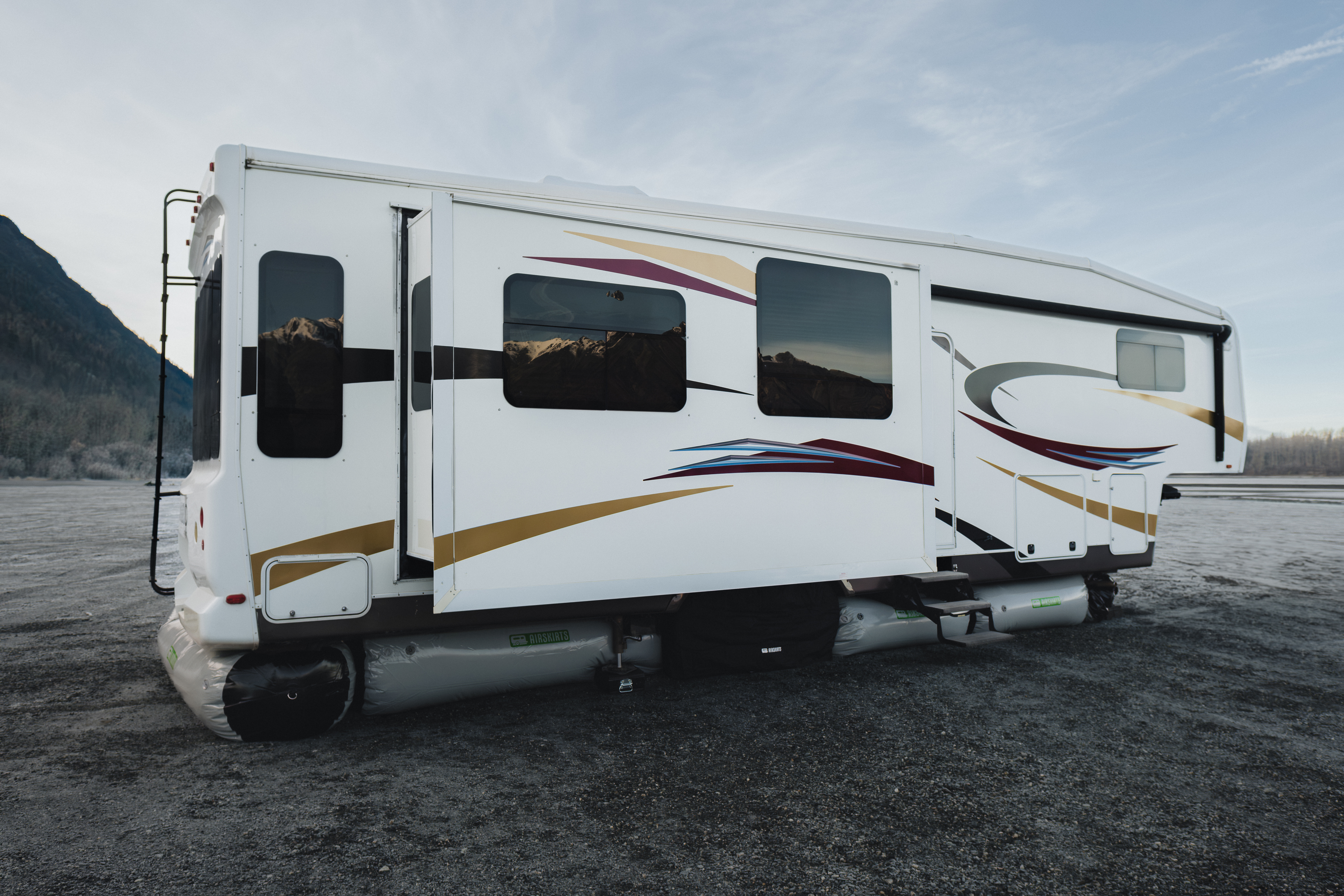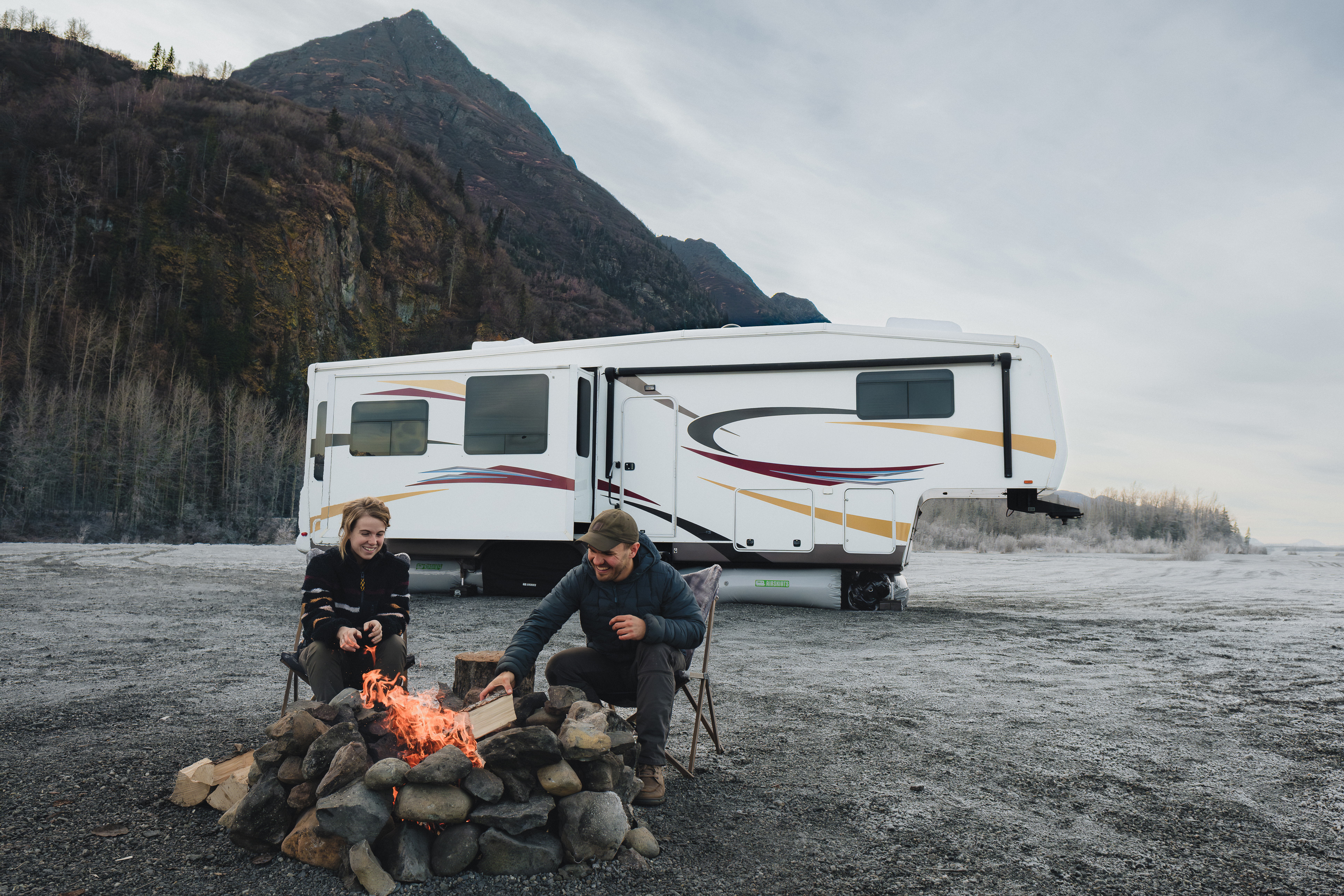What Are the Differences Between Class A and Class C Motorhomes?
It is probably safe to say that the majority of motorhomes now on the road are either Class A or Class C models (sidenote: check out our list of class a, b, and c motorhome manufacturers here or a full list of RV manufacturers here). Class B motorhomes are out there, but they are little more than camper vans that don’t offer a whole lot of storage or sleeping space. If you want something more than a tricked-out van, you have to go with a Class A or C. Do you know the differences between the two?
Right off the bat, a Class A motorhome is the largest of the three classes. Some Class As look every bit the part of luxury RV. Others look more like modified buses. As for Class C motorhomes, these are easily recognizable as motorhome bodies built on standard van frames. The two classes look different enough that they are easy to spot with just one glance.
The Driving Cabin
Let us start by discussing the driving cabin. On a Class A model, there is no real division between driving cabin and living space. At the very least, the front of the rig is one wide-open area. As an added bonus, the two captain’s chairs that serve driver and passenger generally swivel around so that they can be used as part of the living area.
The driving cabin in a Class C motorhome is a distinct and separate space. Even though the cabin isn’t completely closed off, it may sit lower than the living area and may feature partial walls behind both driver and passenger seat. Regardless of the setup, you can make a clear distinction between the two spaces.
Sleeping Quarters
The sleeping quarters in a Class A motorhome can be located anywhere designers decide to put them. But in most cases, they are in the far rear. That’s the best location for a master bedroom and bathroom. If extra bunk beds are included, they are generally just forward of the master bedroom space.
The space over the driving cabin in a Class C motorhome is typically reserved for sleeping space. In your larger Class C models, this may be extra loft space for kids or grandkids as opposed to a master bedroom in the rear. In a smaller Class C motorhome, the space over the cab may be the only sleeping space other than a convertible sofa and dining table.
Total Living Space
The biggest difference, literally speaking, is the total amount of living space. Class A motorhomes measure anywhere from 26 to 40 feet while Class C models typically come in at 21 to 35 feet. For the record, it is entirely possible to have a Class A motorhome that is shorter than a Class C. But this is not the norm. Class A rigs tend to be on the larger side of things.
Total Storage Space
Along with bigger size comes greater storage capacity. Though there are exceptions, the general rule of motorhomes is that Class A rigs have more storage space – both underneath and inside. Class A motorhomes built on bus frames can have as much storage space underneath as a commercial passenger bus. On the other hand, underneath storage on a Class C tends to be limited.
Though there are lots of differences between Class A and C motorhomes, the one thing both classes have in common is the tendency to have trouble with plumbing when the temperature drops below freezing. Both classes benefit from RV skirting that provides an insulating barrier and prevents freezing. And for that, there is no better RV skirting than AirSkirts. We just thought you’d like to know.







Leave A Comment